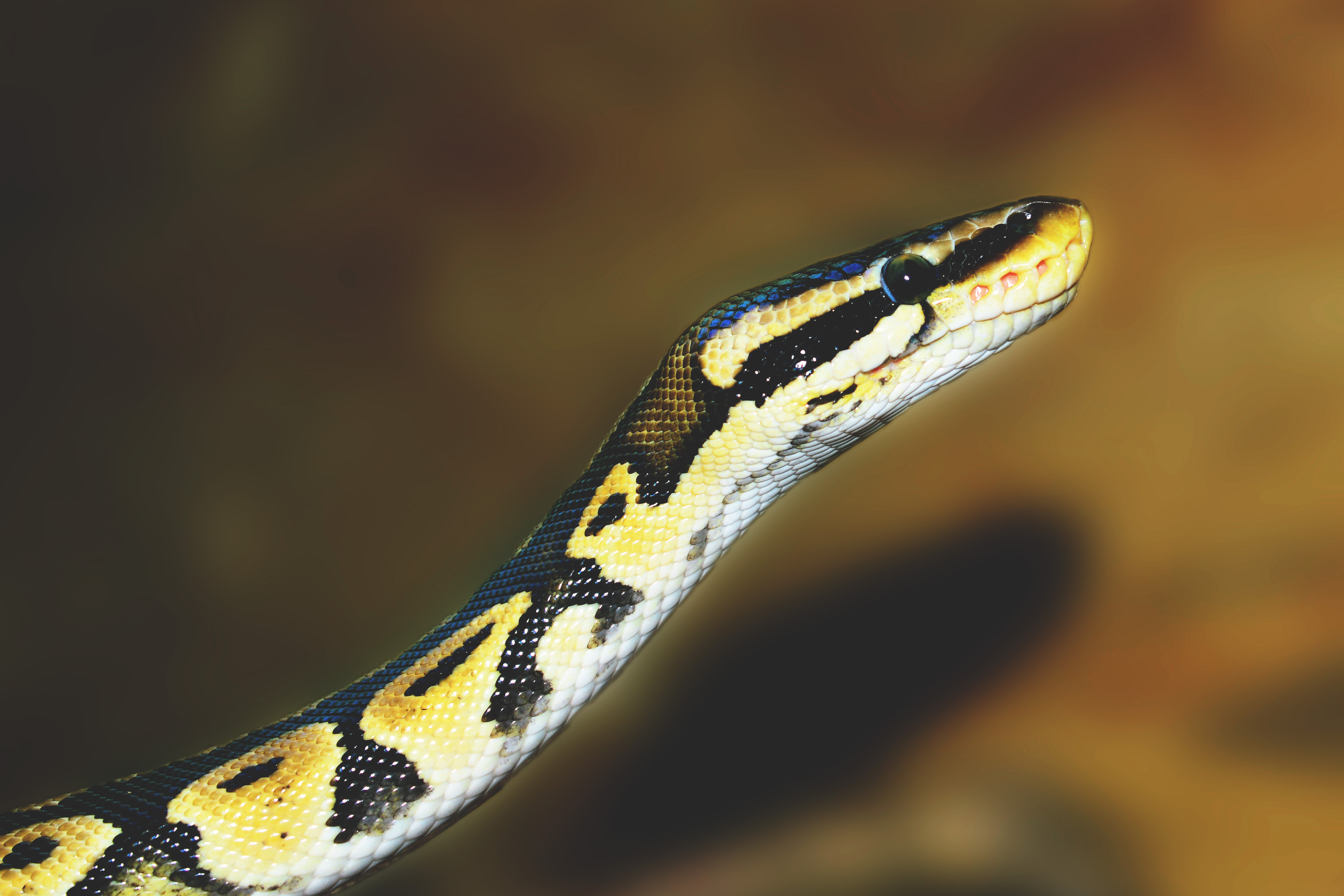
Some species, such a Morelia oenpelliensis and Apodora papuana, have the ability to change color dramatically. A color change as the snakes mature is common to most species (Barker and Barker 2004). Even within a given species, there may be enormous differences in coloration and pattern in different parts of the geographic range. It usually reflects appropriate camouflage for the native habitat. Males of certain species occasionally cause spur related injuries to each other during territorial combat, and though more likely to be incidental than intentional, some captured specimens have shown multiple episodes of scarring from such injuries.Ĭolor patterns vary from striking to nondescript brown or green. These spurs are larger in males than females, and are used by the male to grip and/or stimulate the female during copulation. Some species exhibit vestigial bones of the pelvis and rear legs, which are externally apparent in the form of a pair of anal spurs on each side of the cloaca. Although not as well developed as the loreal pits of the subfamily Crotalinae (pitvipers), these organs enable the snakes to detect objects that are hotter than the surrounding environment, and enable hunting to take place in total darkness, such as inside caves. Most python species have rows of heat-sensing organs between the sublabial scales: labial pits. Two other species that are large are the Indian python, Python molurus, which ranges from 5.8 to 6.7 meters (19-22 feet), and the African rock python, Python sebae, which ranges from 8.5 to 9.8 meters (28-32 feet) (Barker and Barker 2004).

One species, Python reticulatus, the reticulated python, is probably the world's longest snake, with largest commonly cited maximum a specimen being 10.1 meters (33 feet). Pythons are medium to large size snakes, ranging from 0.5 to 10.1 meters (1.5-33 feet) in length, and a weight of 0.14 to 145 kilograms (0.3 to 320 pounds) (Barker and Barker 2004). Furthermore, while most boas produce live young, pythons produce eggs (Barker and Barker 2004).

Python labial pits also are located in the centers of the lip scales, but in those boas with labila pits they are located between the lip scales. In addition, in pythons the prefrontal bone is in contact with the supraorbital bone, a small bone at the top of the eye socket in boas, only one group has a supraorbital bone and it is not in contact with the prefrontal. For one, most adult pythons have teeth on the premaxilla, a small bone at the very front and center of the upper jaw. The Pythonidae are distinguished from the family Boidae by a number of physical characters. In some taxonomies, pythons are placed in the subfamily Pythoninae wihtin Boidae. Pythons also share a cloacal spur, elliptical pupils, and pitted lip scales associated with thermoreception (Barker and Barker 2004).

Both also have two fully functional lungs (most snakes have one lung) and have remnants of hind legs and pelvic bones (SDZ 2007). Both boas and pythons are considered to be primitive snakes, and both are constrictors. Pythons are similar in appearance and closely related to boas, the common name for snakes comprising the family Boidae. Ecologically, they help to control prey populations and small species and young are themselves preyed upon by various reptiles ( monitor lizards, crocodiles), birds of prey, and mammals ( felids). They have been used in traditional medicine and revered in some cultures, and captive breed pythons are used in a large market for pets. Historically, they have served as a source of food for indigenous peoples and their skins have been traded as a valued commodity, to be made into shoes or handbags. While pythons are feared for their ability to kill humans, and such behavior, while rare, is known, they also provide important functions for people. However, pythons are similar enough to members of Boidae that some authorities actually place pythons as a subfamily, Pythoninae, within the boa family. However, in addition to various physical differences, pythons are found in the Old World and anacondas in the New World.

Both have two lungs and are constrictors that suffocate their prey by wrapping around it. Pythons are similar to the anacondas comprising the genus Eunectes within the Boidae (boa) family of snakes. There are about 32 species distributed among eight genera, including one genus with the name Python with seven species. Found in Africa, Asia, Australia, and islands of the South Pacific, members of this family include some of the largest snakes in the world. Python is the common name for any of the non-venomous constricting snakes comprising the Old World family Pythonidae, characterized by paired lungs, cloacal spurs, teeth on the premaxilla bone, and production of eggs rather than live birth. Moreliini - Underwood & Stimson, 1990.


 0 kommentar(er)
0 kommentar(er)
